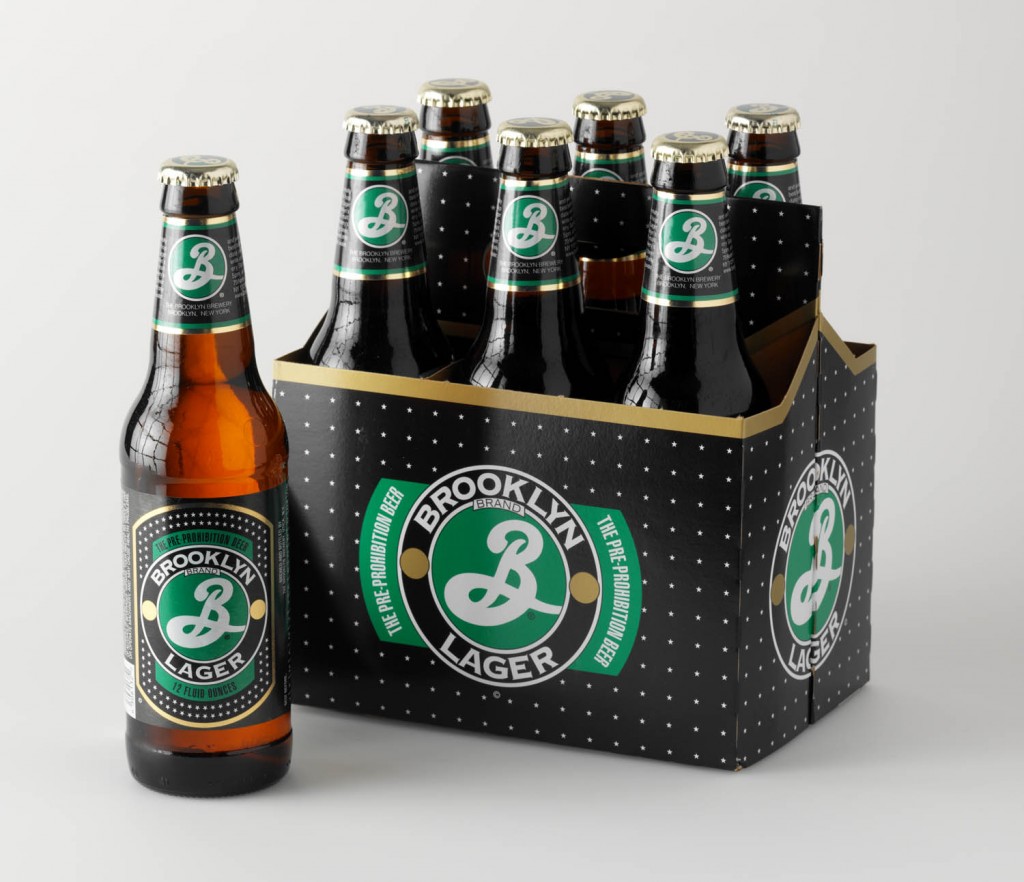
Hot Rum Cow has a good write-up on why you shouldn’t dismiss lagers as pale, flavorless abominations. Simply put, you’re probably just not drinking the right ones.
The style has been open to abuse by unscrupulous breweries ever since, happy to sell clear, pale beers under the lager moniker (something made even more confusing by the fact that the traditional lager-producing countries don’t actually use the term ‘lager’), to the extent that many consumers today are probably unsure of what a lager actually is, or should be.
The post is from a British perspective, but it applies just as much to the domestic craft market in the US. It also gives a perfect brief description of how a lager is distinct from an ale (in terms of how it’s made).
A true, high-quality lager, Webb says, is arguably much more difficult to make than an ale. It requires more equipment, more time and a good deal of expertise. Often it involves a process of decoction, in which some of the mash is removed, boiled and returned to the tun two or three times to get the maximum flavour out of the grain. Hops are then added and the beer is slow fermented over a week or so, before being placed in the lagering tanks at a temperature of around 2–3° C, and the best lager brewers will then leave the beer there for around 12 weeks.
I suggest you read the whole thing, but you might also want to crack a delicious, clean Brooklyn Lager first.



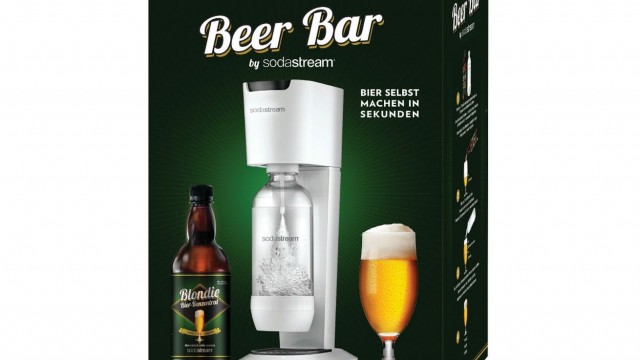
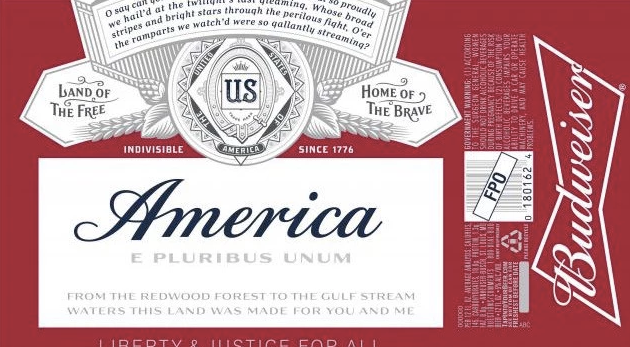


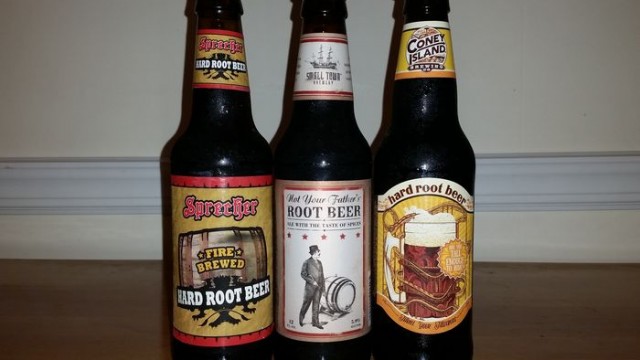
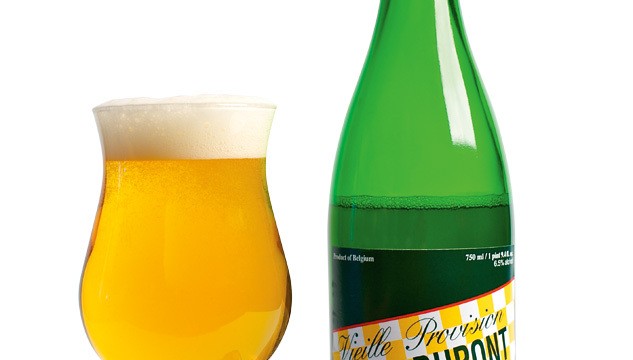
Leave a Reply